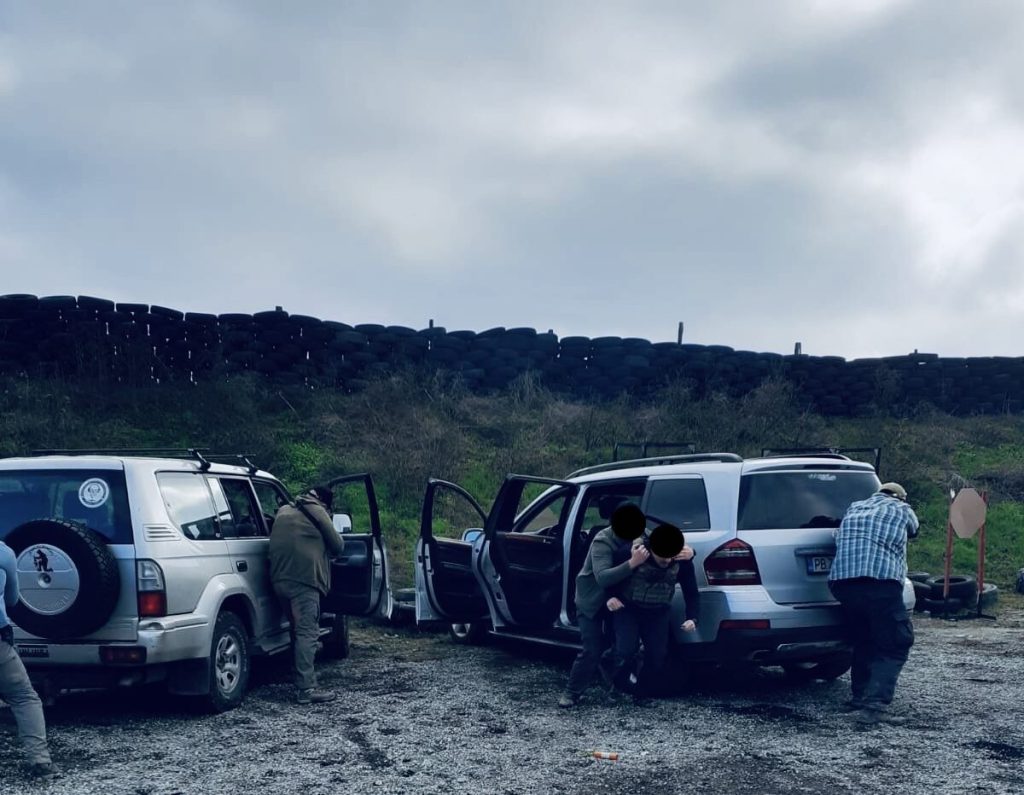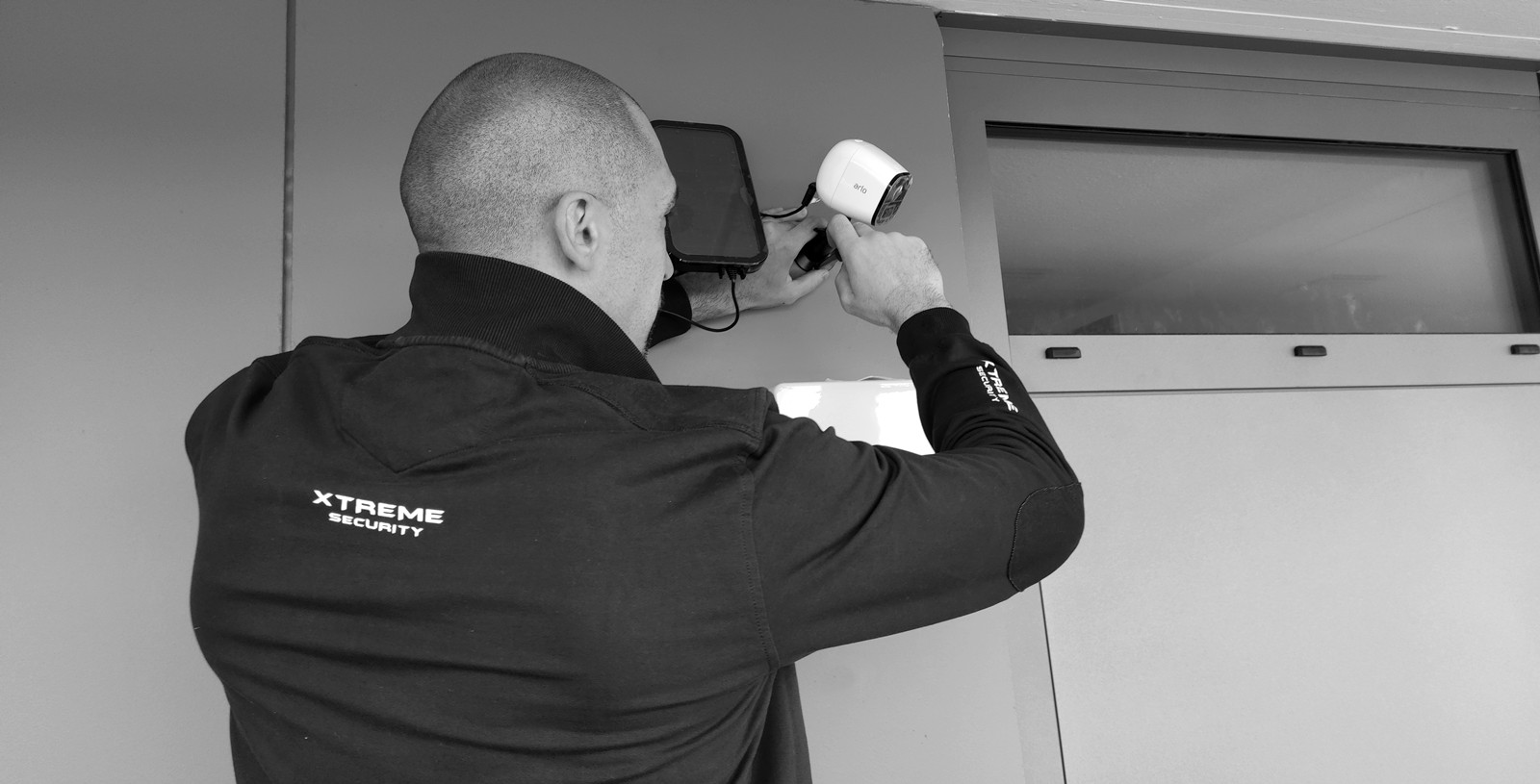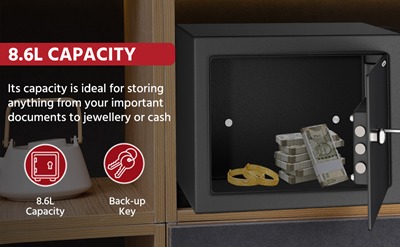None of us really know how anyone will react under stress, pressure or a life threatening event. There are numerous instances of joe-public acting heroically during an emergency, keeping their cool, helping others etc. when something has happened to someone else; it hasn’t happened directly to them ok? That’s an important distinction to remember because generally, people are more cool, calm and collected when reacting to danger, if the danger has been directed/has happened, to someone else – running into a burning building, rushing towards the scene of an explosion or rescuing a dog from a raging river; people will generally put themselves in danger to help others – that’s the beauty of humanity.

However, the individual who is a victim of “danger” generally doesn’t react in the same way as described above. In my opinion, the reason for that is simply because they’ve been placed in that position by other factors and not by choice and danger, when it happens to a person, is traumatic and trauma can cause a person to become emotional and when someone is making decisions based on emotion, then it’s all gonna go south, fast.
During a traumatic event, people can do all sorts of crazy stuff and behave in all manner of ways. They might freeze, become catatonic, become hysterical, scream, become violent, fearful, want to run away from the danger, become confused, they might ramble or mumble and be incoherent.
However, the one thing they generally will NOT be, is “compliant”.
So why do so many close protection training providers (both executive & hostile) still persist in engaging in so much buffoonery on the range or during scenario based training?
You’ve all seen it…during a live firing exercise, the Principal calmly and compliantly, crouches behind his BG, holds on to the BG’s hips, as all manner of murder, death, kills are unfolding, a mere 10m away OR when a CP team are doing a “hard” x-deck, under fire, and the Principal is casually perambulating from one vehicle to the other, without a care in the world, no sense of urgency, with no assistance, no control and no bodycover.
I want a Principal like THAT…sign me up on that contract.

The reality is somewhat different and I can recall one particular occasion when, under contact, we had to cut the seatbelt from around the Principals arms, which he had wrapped his hands around, screaming and shouting that he didn’t want to leave the vehicle…and if you’re not injecting those scenarios into your scenario based training, then not only are you doing it wrong but more worryingly, you’re setting your students up for failure.

Bodycover – a simple concept really and yet, so many training providers are spending too little time in hammering the importance of this “simple” concept home to the people they are teaching – it is, in essence, the entire premise of being a close protection professional.

For those reading this article that have ever attended one of our hostile close protection courses, then I’m sure you can still hear my monotone drone, shouting “…bodycover, bodycover, bodycover…” during an exercise – it seems to be the one thing that everyone forgets about, especially during a live firing exercise and yet, your ability or inability, to provide appropriate bodycover to your Principal, will determine if your Principal survives that incident.

Verbal Control of the Principal
Panic, like laughter, is infectious.
Your voice is what you want the Principal to listen to, to concentrate on, when things have gone horribly wrong and if you’re screaming at your Principal to do something, in a panicky manner, they will then carry out that “something” in the same manner in which you have instructed them to do it – i.e. panicky.

You have got to take the “panic” out of your voice, regardless of what’s going on around you. In a CP team, under contact, your job is not to return fire, it is to control the Principal, in order to allow your team to
control the extraction.
Physical Control of the Principal

Under extreme circumstances, YOU become the Boss, so take control of your Principal, like a Boss. If, as the photo (right) depicts and you are extracting as a 2-man team, then you must still be able to have physical control of your Principal whilst returning fire, in order to extract. Having your Principal crouch behind you, holding onto your hips is NOT having your Principal under control.

Having physical control of the Principal allows you to control their urge for non-compliance…as long as you’re anticipating that your Principal might react that way, that is. If you’re not, then you run the risk of your Principal taking to their toes like Usain Bolt, with you running after them.
HOW you control them is completely up to you, we don’t get bogged down in the bullshit detail of where each hand must be on your Principal, as all that does is give you even more to think about, in an already stressful environment…the last thing we (Go Noisy) want is to have you thinking about something as inconsequential as hand placement. Under the conditions that we’re talking about, YOU control that Principal how you see fit – as long as you both don’t take a tumble because you’re pushing your Principals head down from the back of the neck and as long as you are providing body cover.

Scenario-Based Judgement Training
Scenario training requires experience and imagination and the purpose of scenario training (for Go Noisy at least) is to re-enact scenarios that have happened to our instructors and use them as learning tools in order to identify appropriate response options to that particular scenario. If you’re running a scenario that no-one on your training team has ever experienced, then you shouldn’t be running it, because you cannot add context to the scenario and if you cannot add context to what you’re teaching, then you shouldn’t be teaching it.

Scenario-based judgment training should be the glue that holds all the other academic and theoretical training content together. Scenario training should be highlighting students soft-skills, hard-skills and their ability to switch from one to the other, when they believe the time is right to do that – it should be assessing their “judgement” under a realistic setting. It should allow them to practically express everything you have taught them, under a realistic environment, in order for you (the instructor) to assess them and to highlight response “options” and why they work/don’t work.
If done well, the training value of scenario-based judgement training is unquantifiable – there simply is no better way to conduct training. However, if done poorly, then scenario-based judgement training is going to impact your students, decision-making process capability and that is going to come back and bite them (and possibly you) in the ass, at some point.
So….non-compliant Principals…factor them into your training. We have direction and guidance scripts for all of our role players – we give them a character and a persona, in order to reflect the weirdness, craziness and the unpredictability of people. We instruct them to be impatient, glib, indifferent, argumentative, forgetful, flirtatious and angry. For certain, dry training scenarios, we even instruct our role players to be under the influence of alcohol, during the scenario, just to add to their own unpredictability and the dilemma for the student, of dealing with a drunk Principal or a drunk member of the public.
Your Principals are people and until you see them in this “…oh my god, we’re all gonna die…”environment, you’re never really going to know how they’ll react – so train for it, train for that worst outcome.
Lastly and more importantly, train to as close to reality as safety permits…training only using compliant Principals is about as useless as a Prince Andrew libel case.













![THE DIGITAL PERSONAL DATA PROTECTION ACT, 2023 (NO. 22 OF 2023)[11th August, 2023.]](https://surakshitbharatabhiyan.org/wp-content/uploads/2024/07/adtsyy.jpg)








